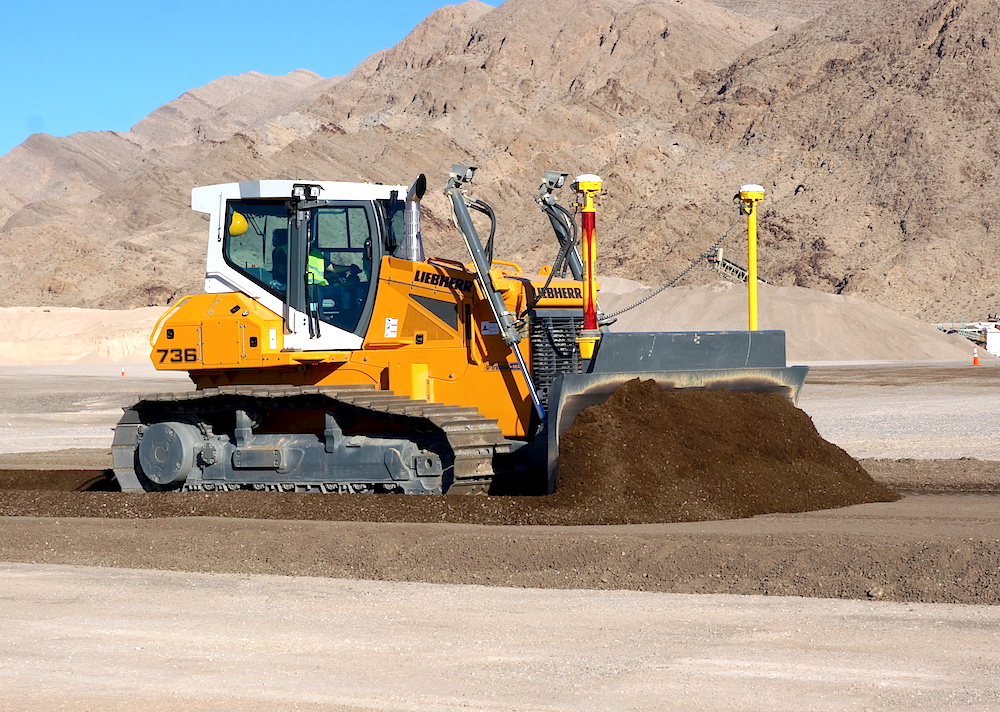How Machine Learning Meets Construction Industry
AI • Dec 15,2016

How Machine Learning Meets Construction Industry

Machine learning and data mining are research areas of computer science whose quick development is due to the advances in data analysis research, growth in the database industry and the resulting world construction market needs for methods that are capable of extracting valuable knowledge from large data stores.
Here are some of the examples of machine learning being applied in the construction industry. It’s important to note that machine learning techniques apply mostly on a business side, less so in the actual construction. Only few machine learning models can compete with or even complement traditional structural engineering methods of design:
- Forecasting demand based on economic indicators;
- Forecasting delays based on progress towards current schedule;
- Understanding when scheduling is optimistic, what types of tasks are systematically underestimated;
- Analyzing the performance of suppliers and subcontractors (contributing excessively to expense, to delay);
- Finding optimal project bidding strategy;
At the same time, the construction industry is currently experiencing explosive growth in its capability to generate and collect data. Advances in data storage technology, such as faster, higher capacity, and less expensive storage devices, better database management systems, and data-warehousing technology, have allowed the transformation of an enormous amount of data into computerized database systems. These data, however, have no use until they are processed and interpreted.
Knowledge discovery in database (KDD) is a process that combine data mining (DM) techniques from machine learning, pattern recognition, statistics, databases, and visualization to automatically extract concepts, interrelationships, and patterns of interest from a large database. By applying KDD and DM to the analysis of construction project data, one can identify valid, useful, and previously unknown patterns. The information can be used by construction managers to avoid problems in construction projects.
A KDD framework was developed to convert construction project data into knowledge. HyunJoo Kim from The University of Hong Kong analysed knowledge discovery and machine learning in construction project databases and concluded that, obviously, knowledge cannot be obtained from a database if the data have been collected inconsistently. He compared the results from the KDD process with estimations from a publication reference (RSMeans 2001) and project-control software (Monte Carlo simulation) used frequently by construction experts in industry. The result of the validation showed that the developed KDD framework would provide the construction manager the ability to identify possible project problems, such as causes of delays in activity, and to predict duration for dealing with the delayed activity.
Another example of machine learning approach is constructability analysis. Computerized constructability analysis, using knowledge-based tools, is the key to effective construction process automation. However, the development of such tools requires a prior acquisition of constructability knowledge. Skibniewski, M., Arciszewski, T., and Lueprasert, K created a study of automated constructability knowledge acquisition. In the conducted research, constructability of a beam in a reinforced-concrete frame has been investigated. For this problem, a knowledge representation space has been developed, relevant constructability data has been acquired from industry, and a collection of examples has been prepared.
Each example represents a structural design concept evaluated from the point of view of its constructability. The collection of examples has been used by a learning system to acquire from them constructability knowledge in the form of decision rules. The experience gained while conducting the automated knowledge acquisition process has been used to develop initial methodological conclusions regarding the use of learning systems in constructability analysis and to determine the future research directions.
Productivity rate estimating is usually based on experience. It entails taking into account different factors, some of which are project specific while others are activity related. Conventional methods integrate the experience with stored data from previous projects. Such a process is often labor intensive and inaccurate. Consequently, accurate estimation of productivity rates through lessons learned is essential for efficient planning of projects.
Tarek Mahfouz proposed to create an automated decision support tool for productivity rate estimating through machine learning. The adopted methodology utilizes data from a set of completed projects; defines a list of factors -that affect productivity estimates- based on comprehensive literature review and previous experiences; and develops and compares the outcomes of automated Support Vector Machines and Naïve Bayes models for the assessment of productivity rates. The models retrieve the closest case to a newly encountered one, including project description, project’s attributes, and activity’s attributes, and reports its estimated productivity and duration.
The potential of machine learning modeling to be adopted for assigning productivity rates, in construction project databases, constructability analysis and other structural engineering methods making it a powerful tool for decision making and changing the image of a construction industry.
Author: AI.Business
If you like our articles, please subscribe to our monthly newsletter:
[mc4wp_form id=”763″]